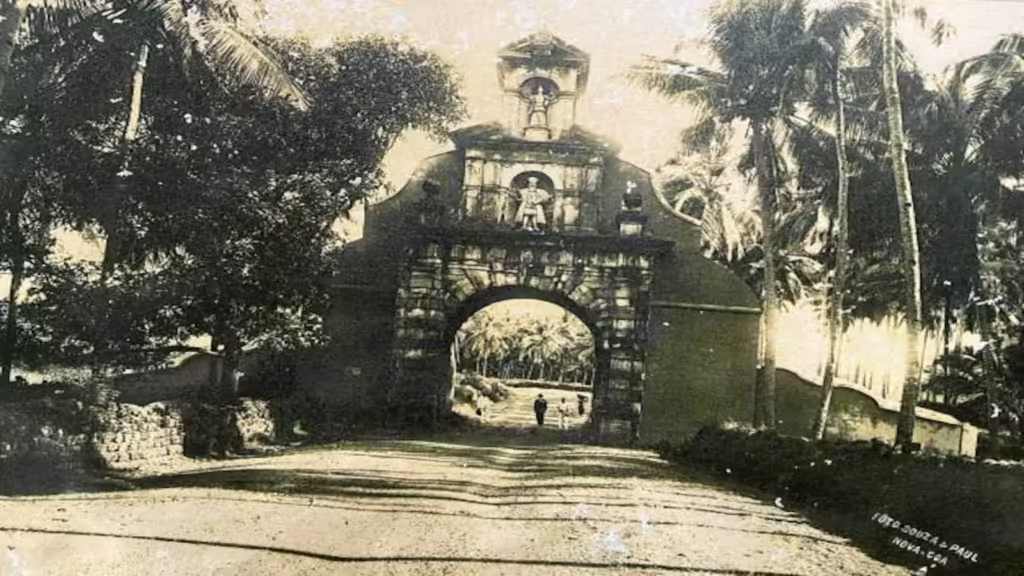
Goa’s colonial past continues to shape its architecture, cuisine, language, and culture. The Portuguese ruled Goa for over 450 years, leaving behind a complex legacy of resistance, cultural blending, and transformation. Through stories passed down generations, Goans remember both the grandeur and the grief of that time.
The Arrival of the Portuguese
In 1510, Portuguese explorer Afonso de Albuquerque captured Goa from the Bijapur Sultanate. The Portuguese quickly established it as the capital of their Eastern empire. They built grand churches, administrative buildings, and vibrant marketplaces, turning Goa into a thriving port city.
The Age of Conversion
One of the most significant—and controversial—aspects of colonial rule was the spread of Christianity. Missionaries set up seminaries and churches and carried out mass conversions, especially during the 16th and 17th centuries. Stories tell of entire villages changing faith, some willingly, others under pressure.
The Inquisition, introduced in 1560, added a dark chapter. Locals recall tales of families hiding Hindu idols in secret compartments or fleeing to nearby regions like Canacona and Sattari to avoid persecution.
The Blend of Cultures
Despite its hardships, Portuguese rule also led to unique cultural fusions. Goan Catholic weddings feature western-style gowns and Portuguese folk music, while Goan kitchens still serve dishes like sorpotel, vindalho, and bebinca—each with European influence and local adaptations.
The Portuguese language, though less common today, influenced Konkani with words like janela (window), mesa (table), and igreja (church). Elderly Goans still recall their schooling in Portuguese, and many family records remain in the language.
Resistance and Resilience
Goans didn’t accept colonial rule passively. Stories of resistance echo through villages—like that of the Ranes in Sattari, who led multiple uprisings in the 18th and 19th centuries. Freedom fighters like Dr. Ram Manohar Lohia sparked protests in Margao in 1946, reigniting the call for liberation.
Local poets, writers, and folk musicians also resisted through their work, preserving Goan identity and voicing protest in subtle ways.
Liberation and Legacy
Goa finally gained independence from Portuguese rule on December 19, 1961, after Indian armed forces launched Operation Vijay. Every year, Goans celebrate Liberation Day, remembering both the sacrifices made and the pride regained.
Today, remnants of the colonial past—churches, forts, and villas—stand alongside modern buildings. They serve as a reminder of a time that changed Goa forever.


